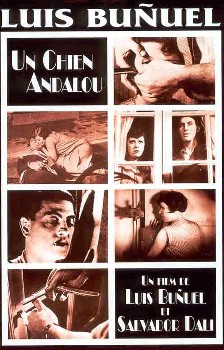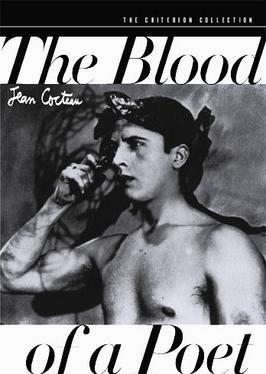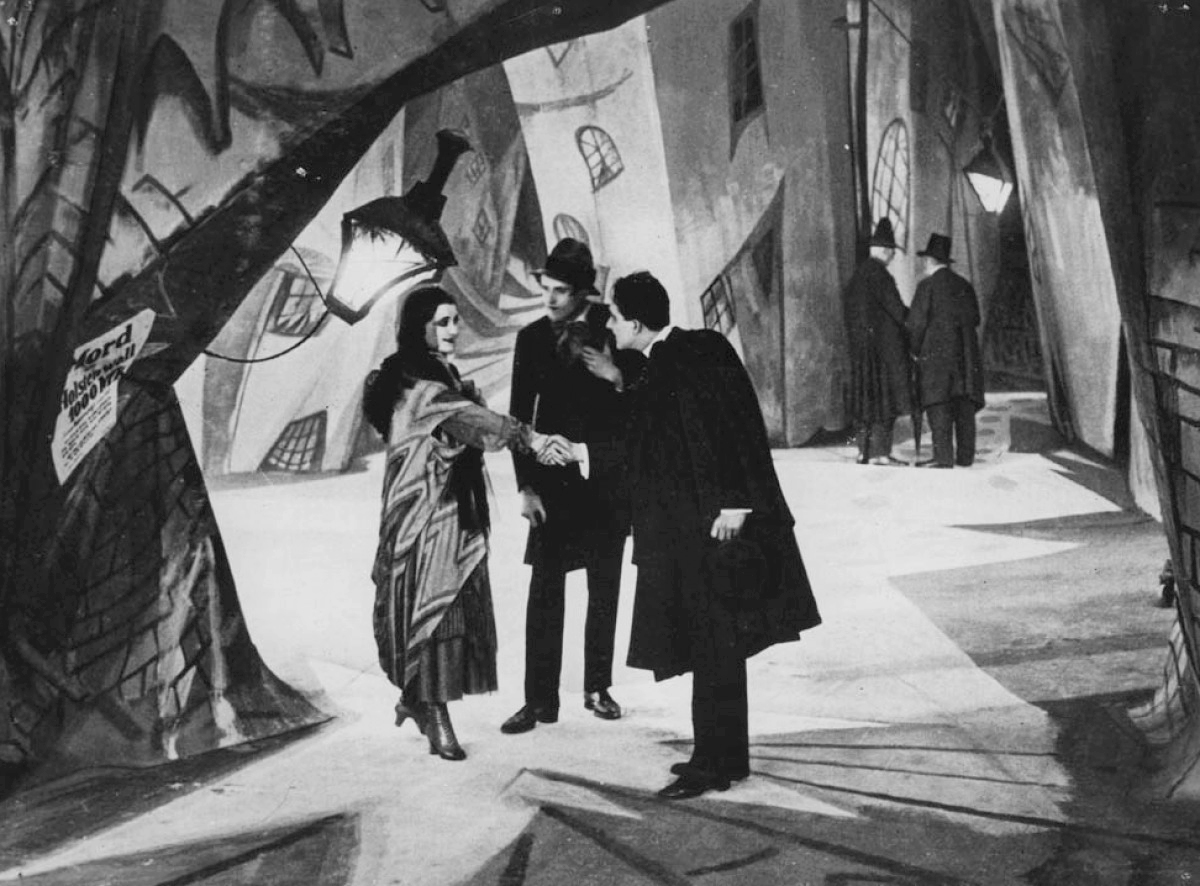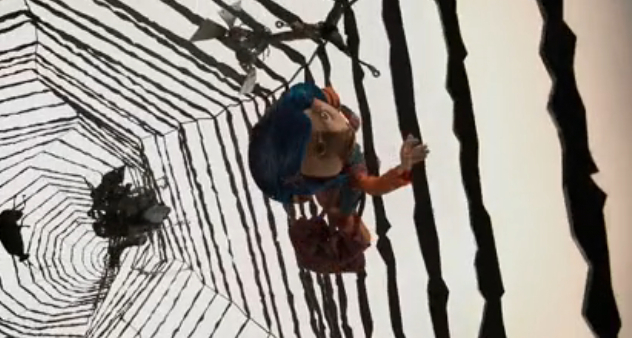Surrealism:
Surrealism is an artistic/cultural movement that arose in Europe in the 1920's, primarily involving painting, literature and cinema.
Surrealism evolved out of Dada, a reactionary movement lasting from 1916 to 1922 as a result of the "stupidity" of WW1. Dada was anti-rational, humorous, deliberately shocking and anti-art.

Raoul Hausmann
The Art Critic
1919–20
Tate
© ADAGP, Paris and DACS, London 2017
Surrealism was founded as a movement in 1924 by Andre Breton who was a major member of the Dada group, who drafted the Surrealist Manifesto (1924). Surrealism used shocking, irrational or absurd imagery to challenge the traditional function of art to represent reality.

Andre Breton (Image source: https://www.poets.org/poetsorg/poet/andr%C3%A9-breton)
The aims of surrealist films and animations was to reject conventional narrative forms, disrupt narrative conventions of time and space, and mix cinematic elements around until nothing made sense. These techniques were used to derange meaning, to upset, disorient and shock the audience.
Luis Bunel and Salvador Dali:
Made the film, Un Chien Andalou (an Andalusian Dog), a short film that used a succession of dreamlike sequences that violate conventional narrative schemes.

Image source: https://en.wikipedia.org/wiki/File:Unchienandalouposter.jpg
Jean Cocteau:
In addition to being a director of films such as Blood of a Poet, he was a poet, novelist, painter, playwright, set designer and actor

Image source: https://en.wikipedia.org/wiki/File:Bloodofapoet.jpg
Man Ray:
The only American to p[lay a major role in both Dada and Surrealist movements.Made films such as L'Etoile de Mer (the Starfish) (1928) and Emak Bakia (leave me alone) (1926)

A still from The Starfish. Image source:http://sensesofcinema.com/2007/feature-articles/surrealism-cinema/
Maya Deren:
Made a film Meshes of the Afternoon (1943), filmed by her husband
Destino:
In 1946, Walt Disney and Salvador Dali tried to make a collaboration animated film, titled Destino. The project was abandoned due to financial issues and wasn't completed until 1999 by Disney's nephew Roy E. Disney

A still from the movie Destino. Image source: http://www.fomostream.com/salvador-dali-and-walt-disneys-destino/
Modern examples of surrealism:
In Inception (2010), the film put many elements of surrealist imagery into it's dream sequences to emphasise the impossible and nonsensical nature of dreams

Image source: https://en.wikipedia.org/wiki/File:Inception_%282010%29_theatrical_poster.jpg
Marvels Dr. Strange (2016) also incorporates surrealist elements (most often used in the scenes within the mirror dimension), to convey the impossible, complex and nonsensical elements of magic

Image source: https://www.fxguide.com/featured/dr-stranges-magical-mystery-tour-in-time/
























